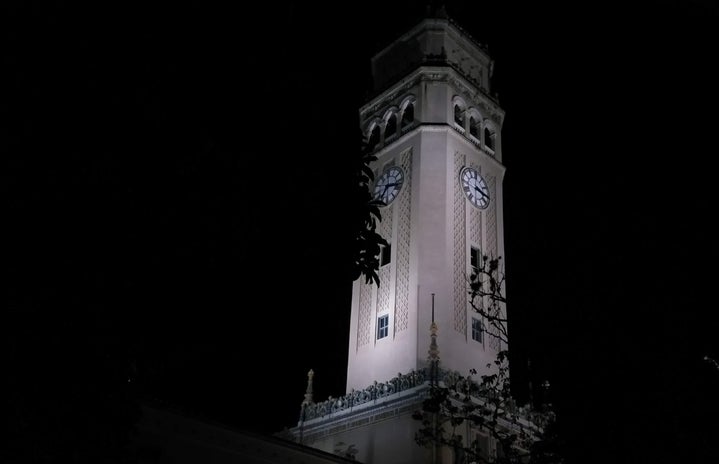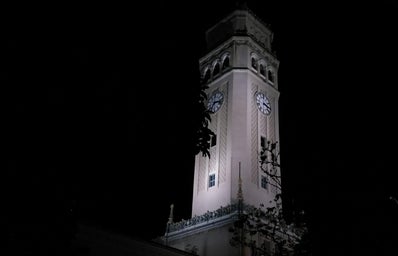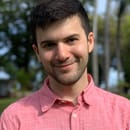On November 23rd, the General Student Council of the Rio Piedras campus announced that student council representatives and campus chancellor, Luis Ferrao Delgado, had reached a series of agreements to meet the demands made by students following the indefinite strike established by the student assembly celebrated three weeks prior on November 3rd.
In the agreements, chancellor Ferrao established that the administration will program more in-person classes for next semester, reestablish services in campus libraries and provide additional study areas for students, and address the status of the remodeling of the campus dorms, ResiCampus and Torre Norte, which have been out of use for the past several years due to budget cuts. While the agreements represent the success of student protests, it begs two questions: Is this what the strike really set out to do? Are the agreements sufficient?
The UPR system has been facing continuous budget cuts due to the demands of the Financial Oversight Board and administrative compliance, which have prompted frequent protests from the campus community since the austerity measures started in 2017. Four years after the 2017 strike, the student community mobilized this semester, resulting from years of student demands being ignored and the now-approved legislation to “adjust” Puerto Rico’s debt, a bill that leaves the UPR in a still uncertain financial state.
Protests started in the Mayagüez campus in October, following administrative disregard towards how the instability of the island’s electrical grid and a lack of study areas were affecting academic performance in students. These protests quickly grew as the legislature moved to approve the aforementioned bill and Agustín Rullán, the Mayagüez chancellor, continued to disregard student demands. With Mayagüez sending the first signal of the need for action, students from other campuses moved to mobilize in order for demands to be heard, and, gradually, Cayey, Humacao, Ponce, Bayamón, and later Rio Piedras established indefinite strikes of their own, while other protests emerged in other campuses.
Rio Piedras established an indefinite strike on the grounds that students were outraged that la Junta and the political parties in power kept playing with the UPR. Amendments were later passed so that student athletes and other members of college teams could cross the picket line to practice and rehearse, and to establish a minimum of 150 students needed to be present at the strike every day. As with the community meetings that had been celebrated prior to the assembly and the definite strikes that had happened up until that moment, the campus’ Movimiento Estudiantil took the lead in organizing and running the strike.
Throughout the community meetings, partial strikes, discussions in assemblies and ultimately the indefinite strike, student demands were understood: more in-person classes for next semester and study areas accessible for all students and all academic programs, while broader demands such as the end of austerity measures in the UPR and the need for university reform were also expressed. Although, per what was agreed upon by the student assembly of November 3rd, the indefinite strike was not conditioned to the meeting of these specific demands—it was discussed, but never implemented, leaving what conditions would end the indefinite strike open to be decided outside of the assembly.
Forward to November 23rd, after the announcement of the agreements reached by chancellor Ferrao and the representatives of the General Student Council, the Movimiento Estudiantil announced they would lift the indefinite strike in recognition of the agreements and with the intention of continuing mobilizing students and carrying the organization built throughout the strikes.
Recognizing the state of the Rio Piedras campus and UPR system today, and the potential strikes to push for change, we must ponder if these agreements are enough to meet student demands, both short term and long term. This is not to imply a disregard for the efforts of the student community during the strike, but to recognize that these agreements, rather than representing an improvement to the student services and academic offerings available at college, merely represent a return to pre-pandemic normalcy.
Another aspect to the strike, thinking ahead for future efforts, is student organization and the structuring of the strike in itself. Strikes, by nature, are volatile and disruptive. They evolve and structure themselves gradually, and action should be taken when necessary, not when most convenient. Additionally, promoting student and general community participation is key to sustaining strikes; arguments and debates over this, while expected and sometimes useful, should be avoided, instead focusing on developing activities and dynamics that properly motivate people to support the protest. Student strikes and protests don’t belong to any specific people or groups. Instead, they are ultimately a team effort, decided and run by the students as a collective.
It’s important to look at where we go from here as a student community. The strike set out to demand action in favor of student needs, but no agreement beyond what was once a given, nor the guarantee of administrative competence going forward, was achieved. In effect, the lucha only scratched the surface of demanding structural change, which is what is minimally necessary so that matters like these wouldn’t need to be demanded in the first place.
what now?
Although strikes are difficult and complex, it’s even harder to convince the people in power to implement the change that is needed to improve the UPR for its students. It’s necessary to constantly and consistently remind ourselves about the power students have and the effectiveness of consistent and precise protesting. The goal of a strike is not to push for the meeting of demands as swiftly as possible, but to sustain them enough so that when demands are met, change is achieved.
Going forward, the experiences shared and the organization achieved during the strike should serve as the base over which we build our future efforts. Structural change is not necessarily the goal of every strike, but it needs to be one of the main purposes of our protests, within the context of the UPR. A system that remains unchanged will only continue to fail.
This should remain in our visions for the future of the UPR, a future that is tainted by insufficient funding, higher tuition costs, and a lower academic offer. It’s important to continue building structures within the student community, utilize the power of student representatives in favor of substantial policy revisions, and remain in good faith that people, eventually, will support and advocate for the cause. Change is slow, sporadic, and frustrating, but possible.


